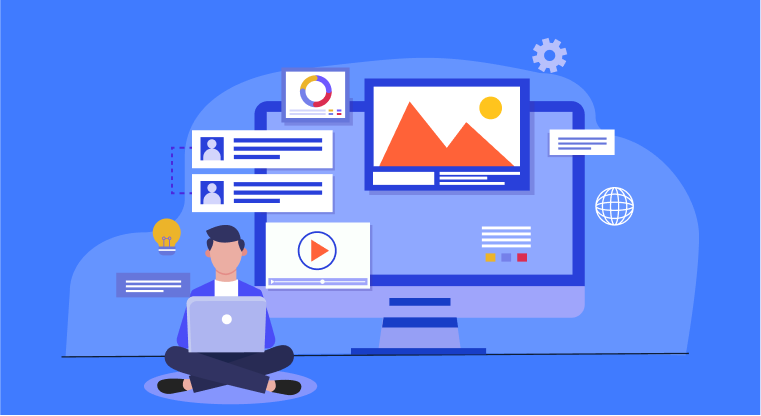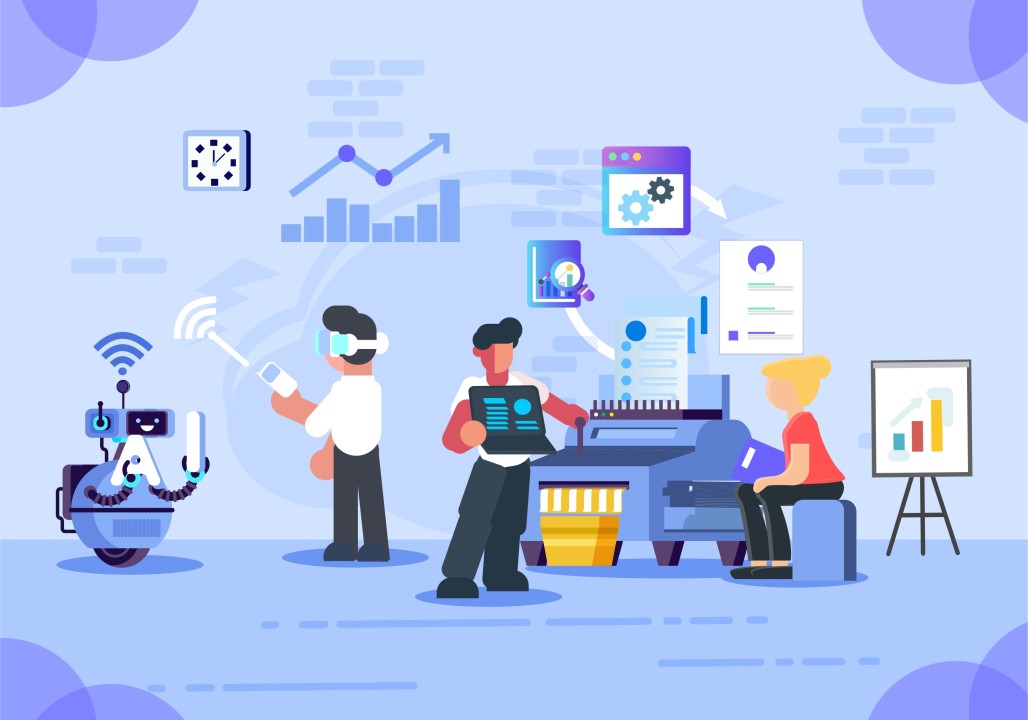Social media monitoring service has emerged as a crucial tool for individuals, businesses, and organizations to track and analyze their online presence. In today’s digital age, where social media platforms serve as essential channels for communication and interaction, monitoring what is being said about a brand or topic in real time has become indispensable.
Understanding the Importance of Social Media Monitoring

Benefits of Social Media Monitoring
Social media monitoring offers a plethora of benefits, including:
- Brand Reputation Management: By tracking mentions and conversations related to a brand, businesses can promptly address any negative feedback or issues, thereby safeguarding their reputation.
- Customer Insights: Analyzing social media conversations provides valuable insights into customer preferences, sentiments, and behavior, enabling businesses to tailor their marketing strategies accordingly.
- Competitor Analysis: Monitoring competitors’ social media activities allows businesses to stay abreast of industry trends, benchmark their performance, and identify areas for improvement.
- Crisis Management: Social media monitoring helps in detecting and mitigating potential crises by identifying early warning signs and enabling swift response measures.
How Media Monitoring Works
Social media monitoring involves the use of specialized tools and platforms to track mentions, keywords, hashtags, and conversations across various social media channels such as Facebook, Twitter, Instagram, LinkedIn, and YouTube.
Social Media Monitoring Tools
Several tools and platforms are available for social media monitoring, including Hootsuite, Sprout Social, AIM Insights, Mention, and Socialbakers. These tools offer a range of features such as sentiment analysis, trend tracking, influencer identification, and custom reporting.
Key Features of Social Media Monitoring Service
Social media monitoring service typically offer the following key features:
- Real-time Tracking: Instant monitoring of social media mentions and conversations.
- Sentiment Analysis: Analyzing the sentiment (positive, negative, or neutral) of social media mentions.
- Keyword Monitoring: Tracking specific keywords, hashtags, or phrases relevant to the brand or topic.
- Competitor Analysis: Comparing brand performance and engagement metrics with competitors.
- Customizable Dashboards: Creating customized dashboards to visualize data and insights.
- Influencer Identification: Identifying key influencers and brand advocates within the social media landscape.
Choosing the Right Media Monitoring Service
Selecting the right social media monitoring service requires careful consideration of various factors.
Factors to Consider
- Features and Functionality: Assessing the range of features and functionality offered by the monitoring service.
- Scalability: Ensuring that the service can scale according to the evolving needs of the business.
- Cost and Pricing Structure: Evaluating the cost-effectiveness and transparency of pricing plans.
- User Interface and Ease of Use: Considering the usability and intuitiveness of the platform’s interface.
- Customer Support: Checking the availability and responsiveness of customer support channels.
Implementing Social Media Listening Strategies
Effective implementation of social media monitoring strategies involves the following steps:
- Define Objectives: Clearly define the objectives and goals of social media monitoring.
- Select Relevant Keywords: Identify relevant keywords, hashtags, and topics to monitor.
- Set Up Alerts: Configure alerts and notifications to stay informed about significant mentions and conversations.
- Analyze Data: Regularly analyze the data and insights generated by the monitoring tools.
- Take Action: Take proactive measures based on the insights obtained, such as engaging with customers, addressing issues, or adjusting marketing tactics.
Case Studies: Successful Implementation of Social Media Monitoring
Numerous case studies demonstrate the efficacy of social media monitoring in various industries, ranging from retail and hospitality to healthcare and finance. For instance, a leading retail brand used social media monitoring to identify emerging trends, engage with customers, and drive product innovation.
Future Trends
The future of social media monitoring is marked by advancements in artificial intelligence, machine learning, and natural language processing. These technologies enable more sophisticated sentiment analysis, predictive analytics, and automation capabilities, thereby enhancing the accuracy and efficiency of social media monitoring.
Challenges and Limitations
Despite its benefits, social media monitoring also poses certain challenges and limitations. These include:
- Data Overload: The sheer volume of social media data can be overwhelming, making it challenging to extract meaningful insights.
- Accuracy of Analysis: Automated sentiment analysis may not always accurately reflect the nuanced context and tone of social media conversations.
- Privacy Concerns: Monitoring individuals’ social media activities raises privacy and ethical considerations, necessitating transparent and responsible practices.
- Platform Limitations: Each social media platform has its unique features and limitations, requiring tailored monitoring strategies.
Social Media Monitoring for Business Growth
Harnessing the power of social media monitoring can drive business growth by enabling companies to:
- Enhance Customer Engagement: By actively listening and responding to customer feedback and inquiries.
- Identify Market Trends: By monitoring industry conversations and emerging trends.
- Optimize Marketing Strategies: By analyzing the performance of marketing campaigns and adjusting strategies accordingly.
Best Practices for Social Media Monitoring
Some best practices for effective social media monitoring include:
- Establish Clear Goals: Define clear objectives and metrics to measure the success of social media monitoring efforts.
- Stay Updated: Keep abreast of evolving trends, technologies, and platforms in the social media monitoring landscape.
- Engage with Stakeholders: Foster collaboration and communication between marketing, customer service, and other relevant departments.
- Continuous Improvement: Regularly review and refine monitoring strategies based on feedback and performance metrics.
Conclusion
In conclusion, social media monitoring service plays a pivotal role in today’s digital ecosystem, enabling businesses to listen, analyze, and engage with their audiences effectively. By leveraging advanced tools and strategies, organizations can harness the power of social media to enhance brand reputation, drive customer engagement, and foster business growth.
For those keen on experiencing the transformative potential of social media monitoring firsthand, we encourage you to request a demo from AIM Technologies. Witness how our cutting-edge solutions can empower your business to navigate the dynamic landscape of social media with precision and insight.
FAQs
What is the difference between social media monitoring and social media listening?
- Social media monitoring involves tracking specific keywords, mentions, and conversations, while social media listening entails understanding broader trends and sentiments within the online community.
Is social media monitoring only for large businesses, or can small businesses benefit from it too?
- Social media monitoring is beneficial for businesses of all sizes, as it helps in understanding customer preferences, monitoring competitors, and managing brand reputation.
How often should I monitor social media channels for my business?
- The frequency of social media monitoring depends on various factors such as the size of your audience, the volume of conversations, and the nature of your business. It is recommended to monitor social media channels regularly, ideally daily.
Can social media monitoring help in identifying potential crises?
- Yes, social media monitoring can help detect early warning signs of potential crises by tracking negative sentiment, spikes in mentions, or trending topics related to your brand or industry.



